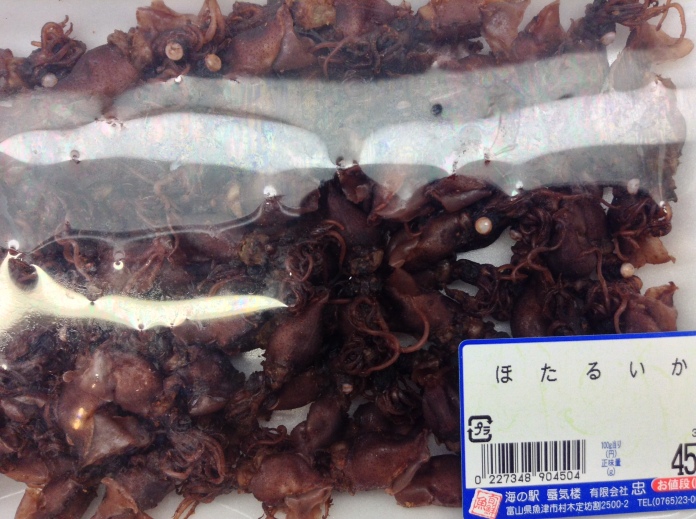I recently visited the Uozu Aquarium in Toyama while searching for the Japanese Fireworms in Toyama Bay. Here’s another sea creature I found there!
Day 3 – Glass Catfish – Kryptopterus bicirrhis
This is a small fish that lives in Borneo with a mostly-transparant body, except for its internal organs which are squished directly behind its brain. Creepy! I wonder how this species evolved transparency in response to environmental pressures? Maybe it’s just harder to see for predators!
Follow @gaijinchamploo


